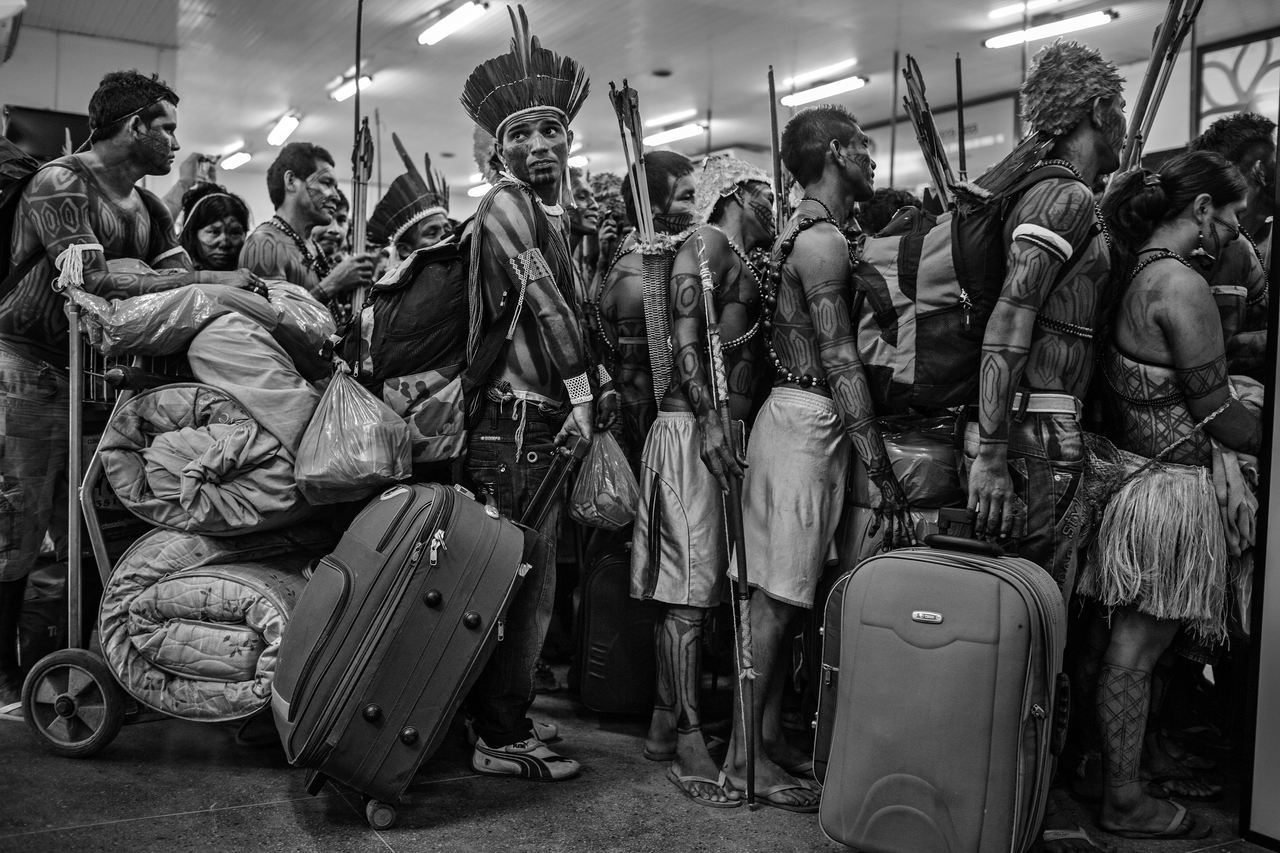
World Press Photo 2022 comes to Barcelona
Indigenous cultures, the environmental crisis and international conflicts are the main themes of the renowned international photojournalism contest
From Nov. 4 to Dec. 11, the exhibition World Press Photo 2022 can be seen at the Centre de Cultura Contemporània de Barcelona (CCCB), which brings together the winning photographs of the world's most important photojournalism contest.
Indigenous communities, traditional cultures and identity issues are the main themes in an edition that has broadened the scope of its global gaze, along with other major recurring themes such as the environmental crisis, armed conflicts, and citizen protests.
The Photo of the Year, by Amber Bracken, pays tribute to the Indigenous children who died at the Kamloops Residential School in Kamloops, British Columbia. The Photo Story of the Year, by Matthew Abbott, depicts the controlled burning of brush to prevent bushfires by Indigenous Australians; the Long Term Project, by Lalo de Almeida, is testimony to the devastation being wrought in the Brazilian Amazon, which has accelerated with the regressive environmental policies of President Jair Bolsonaro, and Ecuadorian Isadora Romero's Open Format questions the loss of ancestral knowledge.
RELATED CONTENT
This year, the contest has changed its competition model to ensure a greater representation, diversity and balance of photographers and works that are highlighted as the best photojournalism and documentary photography in the world. According to the organization, in 2021, only 7% of participants came from South America, 5% from Southeast Asia and Oceania and 3% from Africa.
To encourage global representation, the World Press Photo 2022 judged the entries through a regional system divided into six geographic zones — Africa, Asia, Europe, Asia-Pacific, Asia-Pacific, Europe, Oceania and Africa.
Special mention should be made of the Latin American winners:
World Press Photo Award for Long-Term Project: Amazonian Dystopia, by Lalo de Almeida (Brazil), for Folha de São Paulo/Panos Pictures
The Amazon rainforest is under great threat. Deforestation, mining, infrastructure development and natural resource exploitation are accelerating, especially as a result of President Jair Bolsonaro's regressive environmental policies. Since 2019, the devastation of the Brazilian Amazon has reached its fastest pace in a decade. Exploiting the region not only has devastating effects on the Amazonian ecosystem, which is extraordinarily biodiverse, but it also entails a series of social impacts, especially on Indigenous communities, which are forced to deal with both degradation of their environment and way of life.
World Press Photo Open Format, La sangre es una semilla (Blood is a Seed), by Isadora Romero (Ecuador).
Blood is a Seed questions the disappearance of seeds, forced migration, colonization, and the subsequent loss of ancestral knowledge. The video is composed of digital and analog photographs, some of which were taken with expired 35 mm film, on which Isadora's father later drew. On a trip to her ancestral hometown, Une, Cundinamarca, Colombia, Romero analyzes the forgotten memories of the land and crops, and learns about her grandfather and great-grandmother, who were "seed guardians" and grew different varieties of potatoes — only two of which survive today.

© Isadora Romero


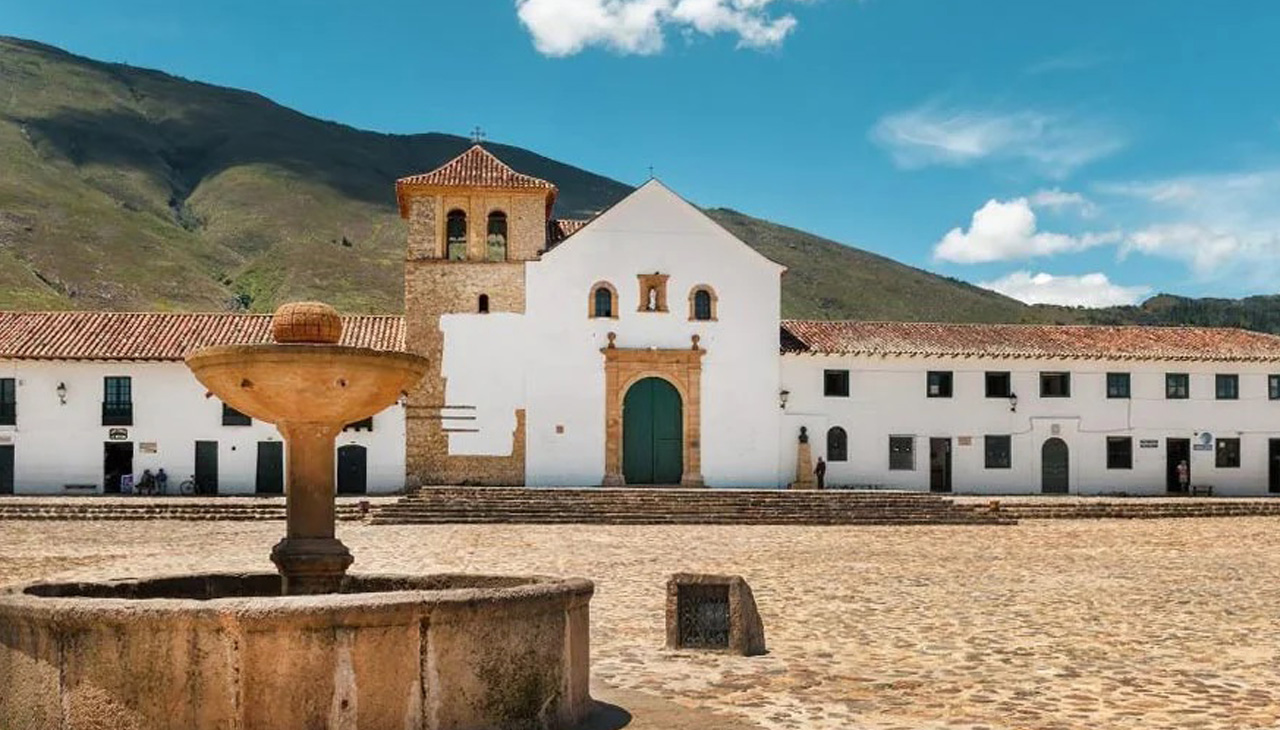


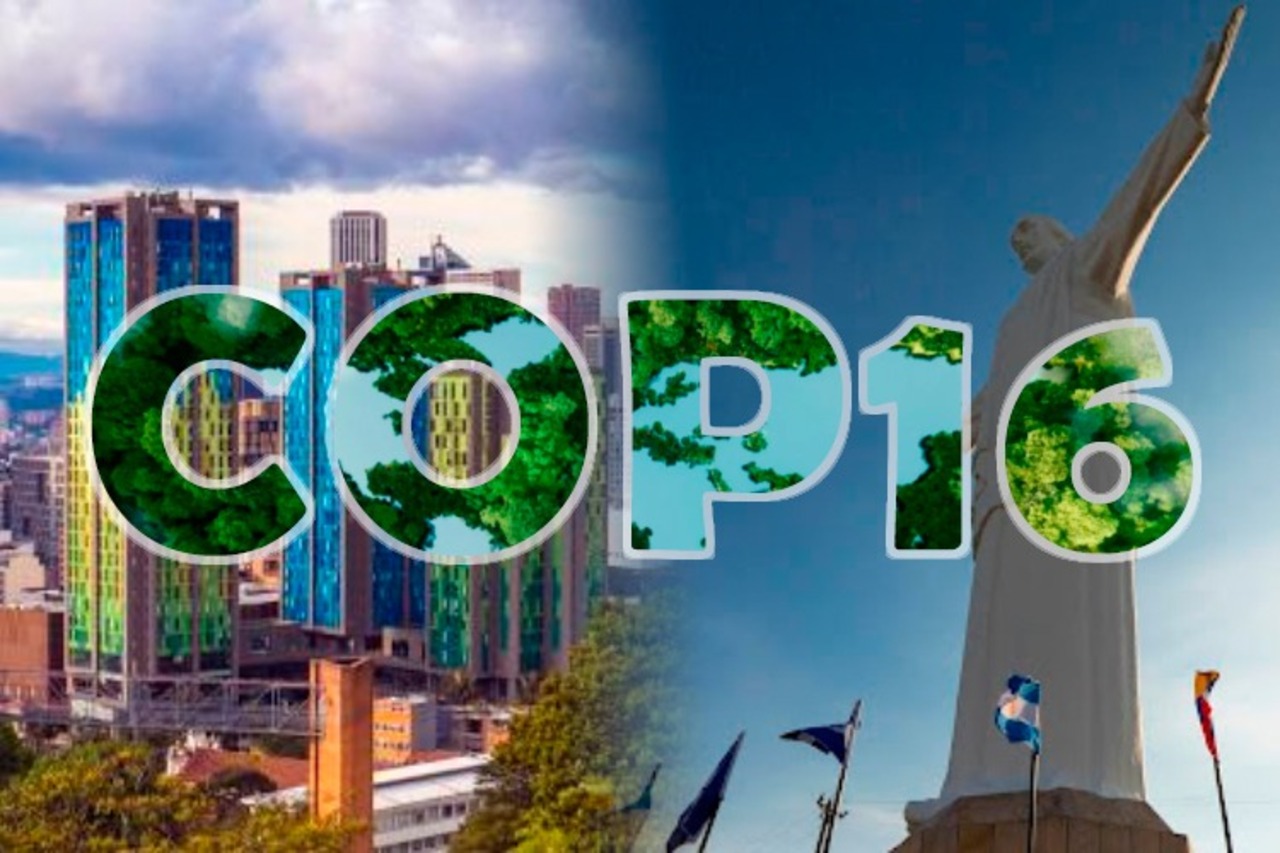


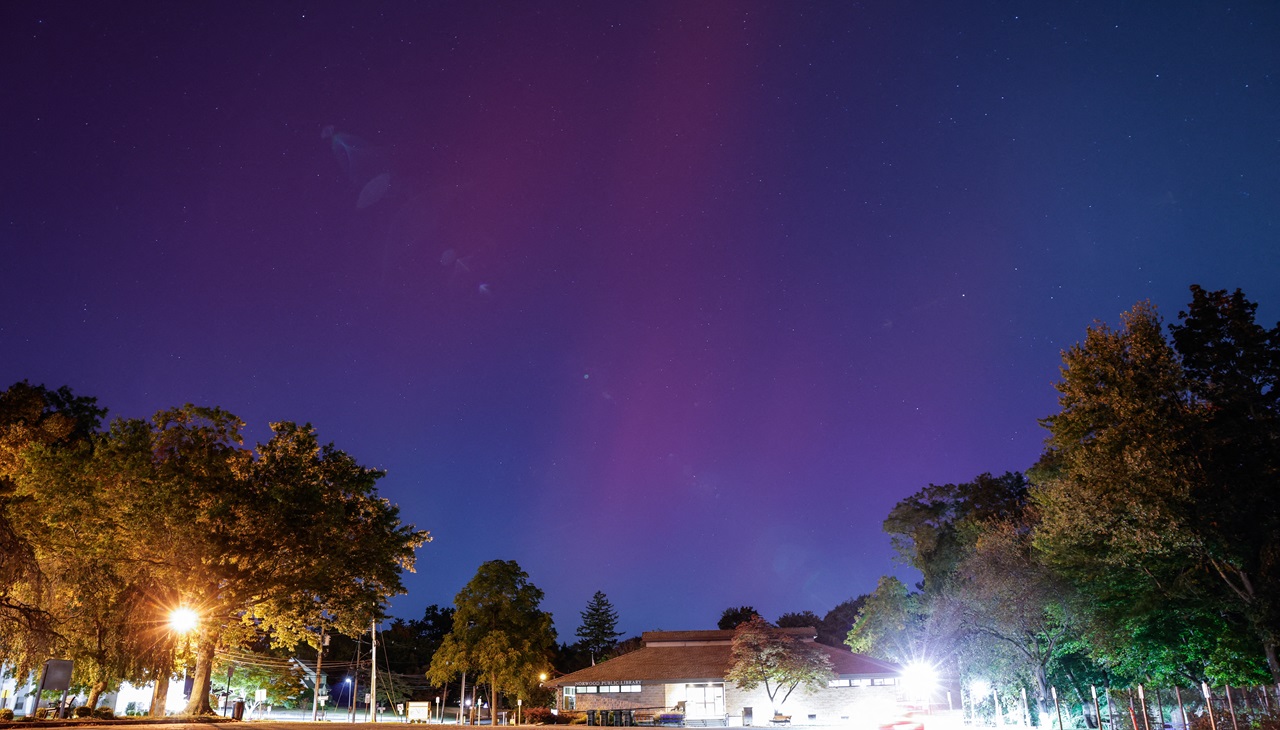
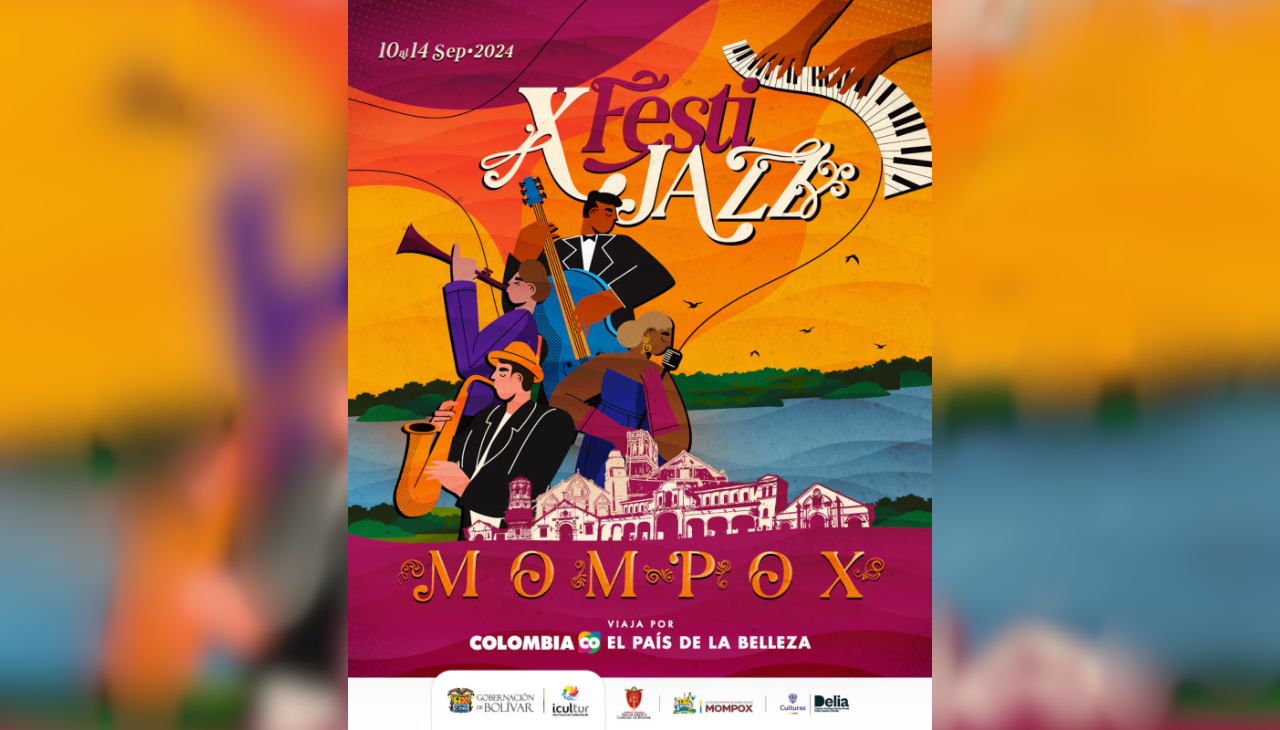

LEAVE A COMMENT:
Join the discussion! Leave a comment.